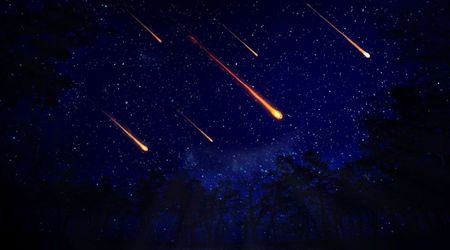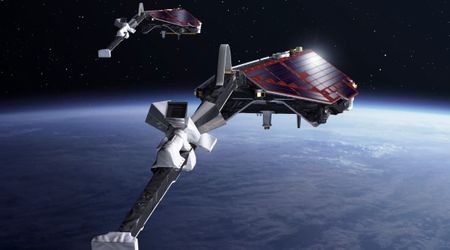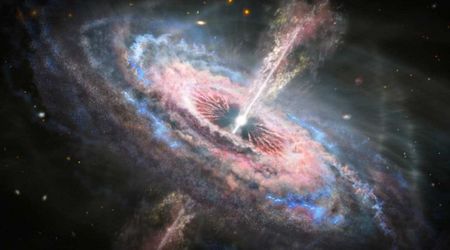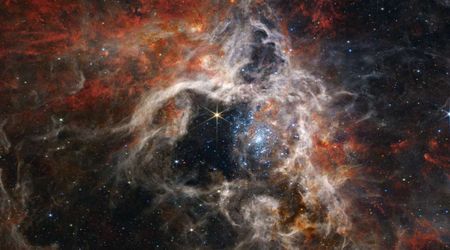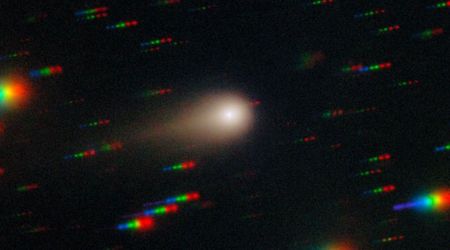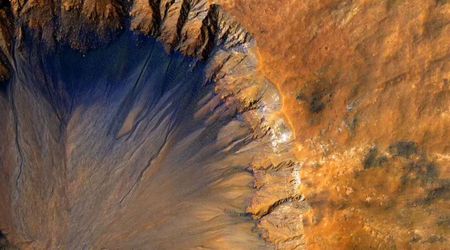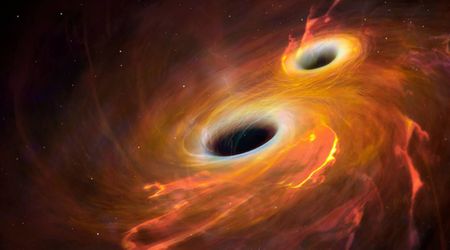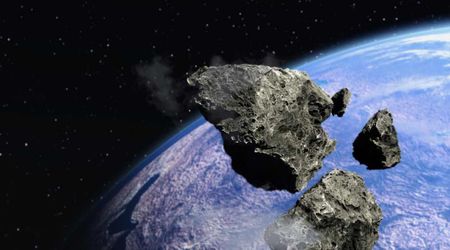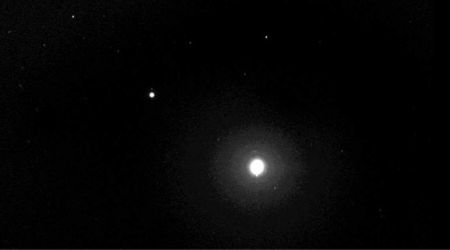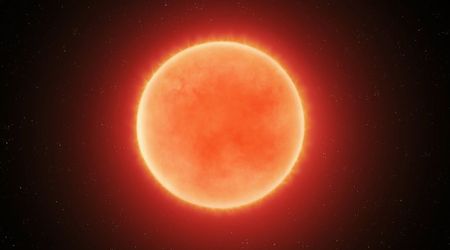
About Author
Raj is a space writer at Starlust, specializing in translating complex astronomical phenomena into clear, engaging narratives. With a foundation in science communication and a background in journalism, he applies a structured, research-driven approach to covering topics across astrophysics, cosmology, planetary science, and observational astronomy.
His work spans a range of subjects, from stellar evolution and galactic dynamics to orbital mechanics and skywatching event guides, grounded in current scientific research and peer-reviewed studies. Raj is particularly focused on making cutting-edge discoveries in space science accessible to general audiences, without compromising on technical accuracy.
Driven by a strong belief that science writing should both educate and provoke inquiry, he constructs each piece to not only explain what we know about the universe, but how we’ve come to know it, highlighting methods, instrumentation, and scientific reasoning behind the facts.


